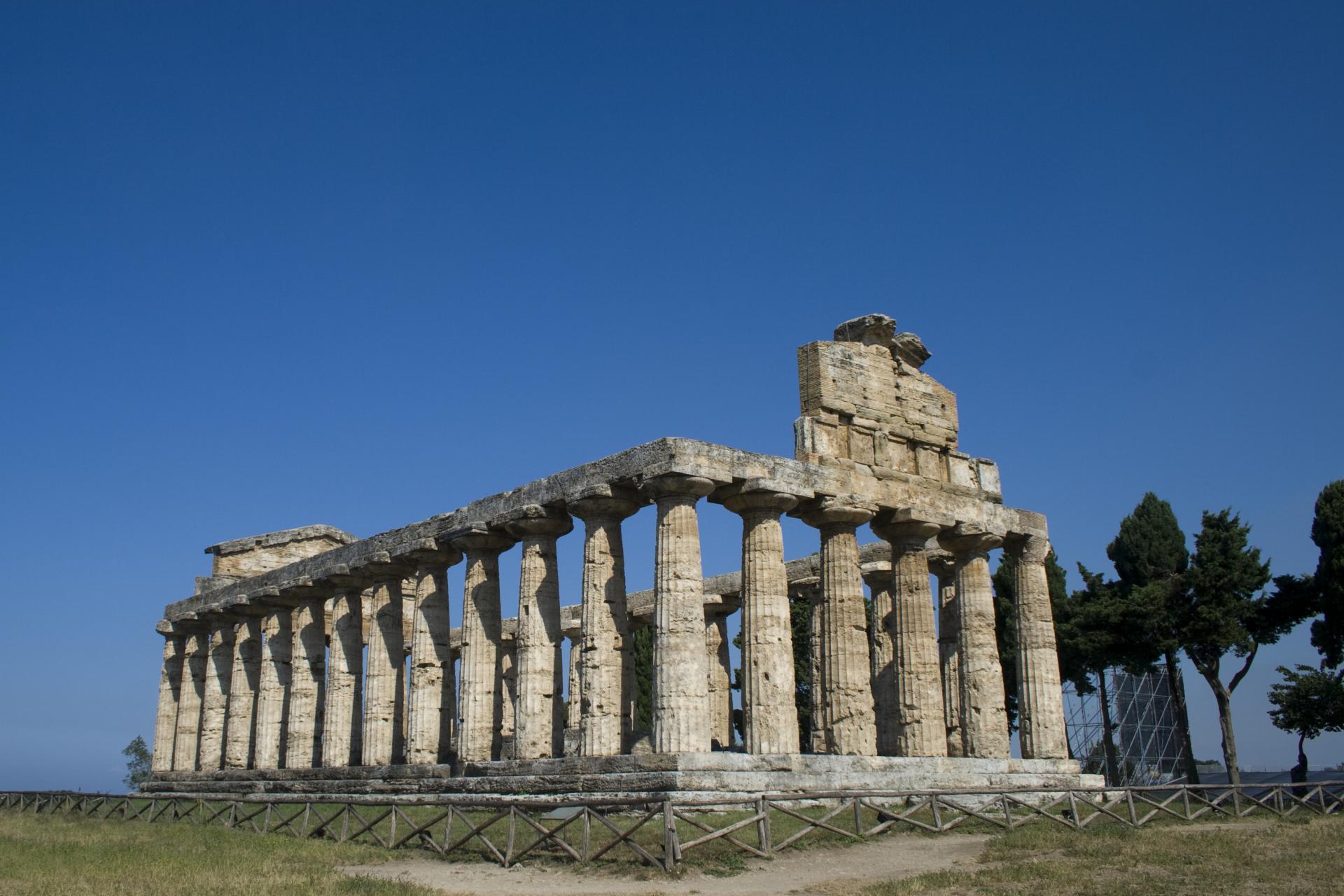World famous archaeological sites
Pompeii is the most-visited archaeological site in the world, due to its many and well-preserved ruins is an excellent repository of details on quotidian life during Antiquity.
The Archaeological Areas of Pompei was added to the UNESCO World Heritage List in 1997, with Herculaneum and Torre Annunziata, considering that provide a complete and vivid picture of society and daily life at a specific moment in the past that is without parallel anywhere in the world.
Pompeii on 24 August 79 AD, due to the eruption of Vesuvius, the area of the city and suburban villas was buried under a thick layer of rock and ash. Since the discovery of the buried city, which took place in the eighteenth century, scholars have excavated important architectural remains.
We still have the main bore and public buildings in Pompeii such as the Capitolium (temple dedicated to Jupiter, Juno and Minerva), the Basilica (the court), and public baths, including the triangular hole, with two theaters. The largest of these has Greek origin, but reshaped according to the Roman taste. Among the other public buildings of note are the Stabiae Baths well preserved. In fact Pompeii, was a famous wealthy resort for Romans because of climate and landscape,but it is better known for its well preserved common people buildings, located along the roads such as the Surgeon's House and the house of the Faun, the House of the Chaste Lovers. One building that deserve note is the Villa of the Mysteries, which takes its name from the large murals in the cult of Dionysus that depict the initiation rites.

